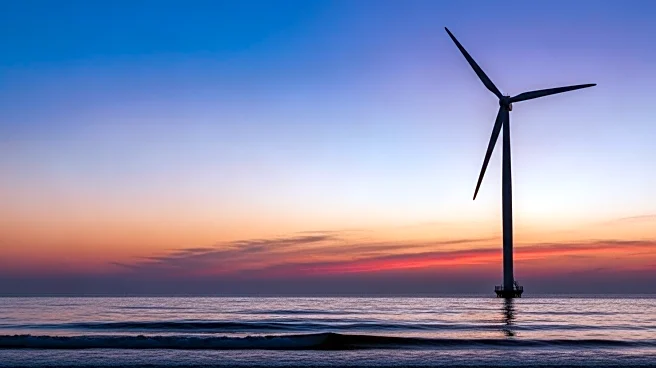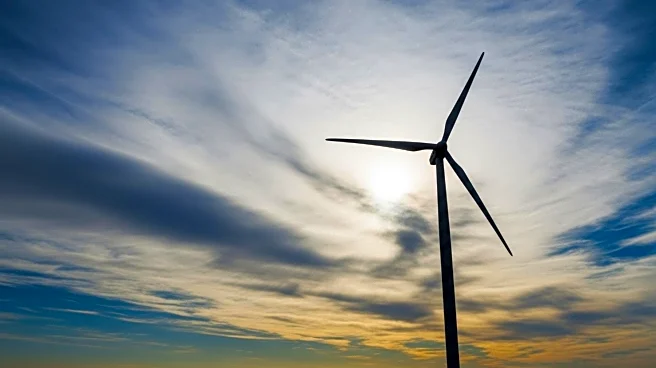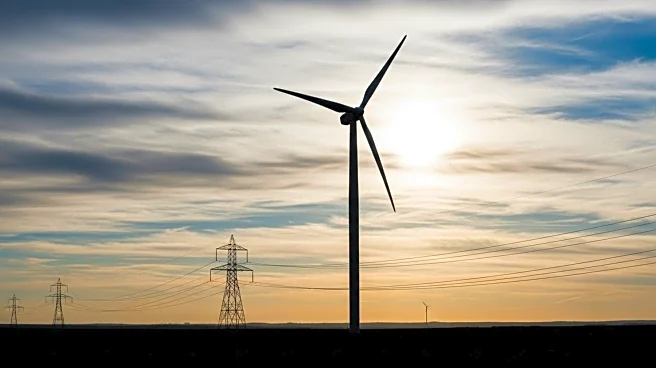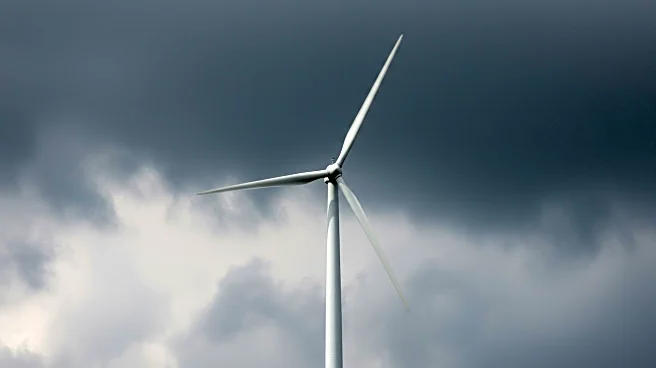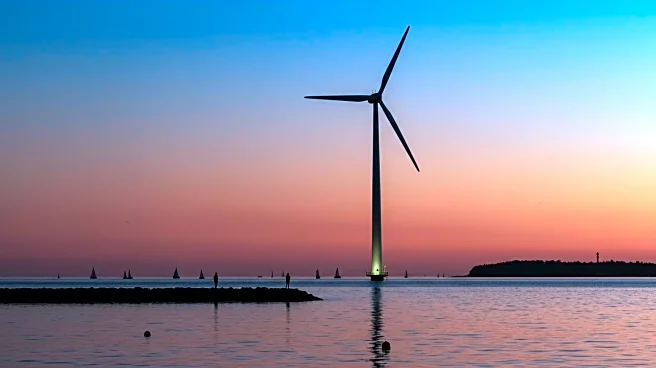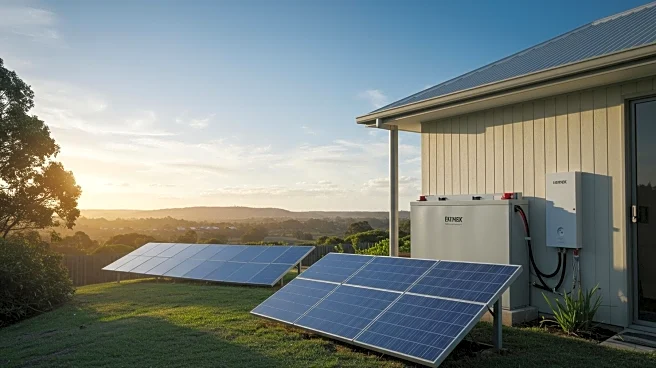What's Happening?
The Energy Information Administration (EIA) projects that U.S. natural gas consumption will reach a record high in 2025, increasing by 1% compared to previous years. Despite losing market share in the electric power sector to coal, solar, and wind, natural gas remains the most prevalent source of electricity generation. The increase in consumption is driven by higher demand in residential and commercial sectors, offsetting decreases in the electric power sector. The Trump administration is incentivizing natural gas deployment to meet rising electricity demand.
Why It's Important?
The forecasted increase in natural gas consumption underscores its critical role in the U.S. energy landscape, particularly as a reliable source for electricity generation. This trend highlights the ongoing transition in the energy sector, with natural gas serving as a bridge fuel amidst growing renewable energy adoption. The demand surge could impact gas prices, infrastructure development, and investment in gas technologies, influencing energy policy and market dynamics.
What's Next?
The EIA anticipates a slight decrease in natural gas consumption in 2026 due to expected milder winter weather. Utilities and hyperscalers are likely to continue investing in natural gas infrastructure to meet demand, although challenges such as increased costs and extended wait times for gas turbine orders may arise. Stakeholders will need to navigate these complexities while balancing the push for renewable energy integration.



